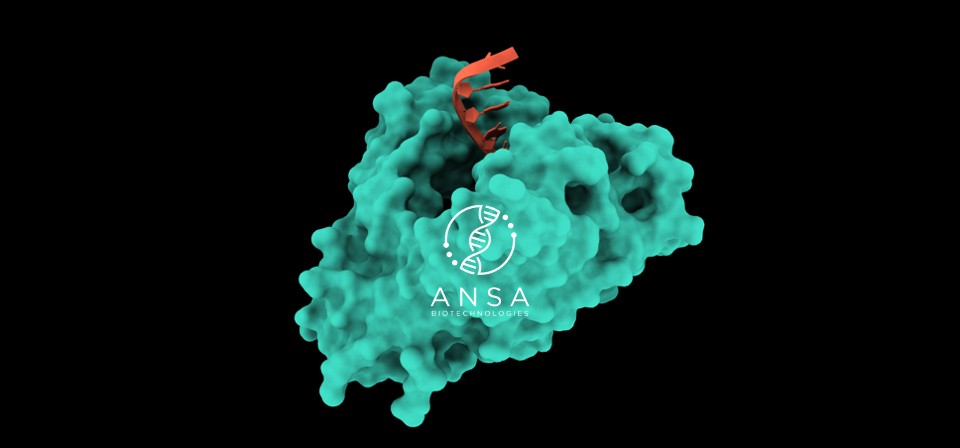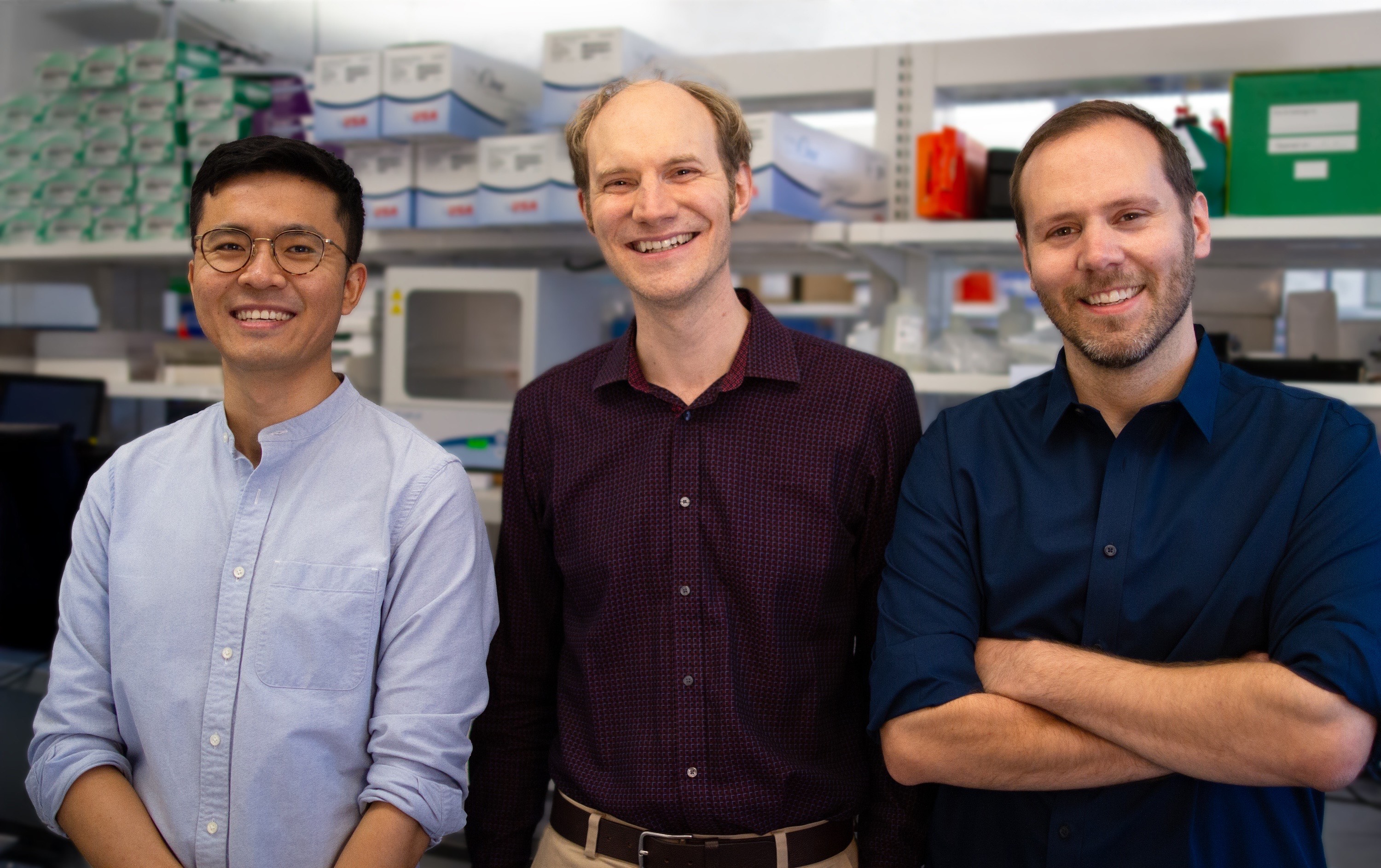Molecular Assemblies Takes on the Next Generation of DNA Synthesis
Synthetic biology has a problem. That problem is DNA. A claim like this may seem puzzling up against a synbio world that is booming with more DNA than ever before. Last year, organism developer Ginkgo Bioworks alone purchased DNA in such vast quantities that their orders amounted to 60% of the synthetic DNA market from the previous year—and the market’s output of DNA continues to grow. Indeed, the industry has done such an excellent job bandaging its DNA problem with brilliant technical innovations that it can be almost invisible to the untrained eye. But not to Curt Becker and Bill Efcavitch, cofounders of the DNA synthesis startup Molecular Assemblies.Around six years ago, they realized that the existing technology platform for synthesizing DNA had reached a seemingly insurmountable plateau. Since its development in the early 1950s chemical synthesis of DNA has certainly made significant strides, including the graduation to solid-phase synthesis and automation of the assembly process. But there was one limitation that had not yet been overcome, and was not likely to be: that is, the maximum length of a DNA strand that can be reliably produced by chemical synthesis hovers around just 100-200 nucleotides.The reason for this limitation is that the prevailing chemical synthesis method becomes less reliable as a DNA strand gets longer. By this method, nucleotides are added one by one to a growing DNA chain with an average success rate of about 99% per nucleotide. In other words, each base addition fails about 1% of the time, thereby halting the growth of that particular DNA molecule. This means that if a target DNA fragment is 50 nucleotides long, at the end of chemical synthesis only half of the molecules in the sample will be the desired length while the other half will be truncated. The larger the fragment, the higher the fraction of truncated molecules in a reaction pool. This explains the industry’s working limit of 100-200 bases.It’s easy enough to see this limit in action when ordering custom DNA oligonucleotides. Thermo Fisher restricts its customers to 100 bases or less. Sigma Aldrich will synthesize up to 120 bases, but only in sub-micromolar quantities. IDT’s pricey Ultramer series will yield up to 200 bases—but that’s about as good as it gets.Even companies that produce longer DNA strands (including cutting-edge players like Gen9 and Twist Bioscience) deploy platforms that are fraught with this same limitation. They start by synthesizing small DNA fragments in massive parallel then string these pieces together end-on-end until a gene or other long construct is created. Thus, whether you’re making short oligos or long genes, everyone has been working under the same length limitations imposed by traditional chemical synthesis for decades. Now, a solution to that limitation is on the way.A better way to make DNAMolecular Assemblies has gone back to the drawing board, scrapping chemical synthesis in favor of a novel, enzyme-based method of generating synthetic DNA. Their approach seeks to emulate nature; after all, the enzymes that generate DNA in vivo do so with greater speed, fewer missteps, and to a longer length as compared to chemical synthesis.Becker and Efcavitch, who years ago helped commercialize the chemical synthesis of DNA, realized that the future of synthetic biology would depend on developing a method that came closer to matching nature’s efficiency. That realization was inspired in part by the achievement of synthetic biology’s most famous endeavors: Craig Venter’s creation of the first synthetic cell, powered by a 1.1 million-base-pair-long genome made entirely of synthetic DNA.“The pioneering work of Craig Venter and colleagues dramatically signaled the fact that major re-engineering of genomes was now possible and desirable,” said Molecular Assemblies co-founder and CSO Bill Efcavitch. “As enabling as the chemical synthesis method was for 35 years, the next round of discoveries and innovations would require something new.”For Molecular Assemblies, that “something new” is an enzyme-driven platform that would allow for rapid, seamless, and high-quality synthesis of DNA strands ten to fifty times longer than are made by chemical synthesis today. Without the need to piece together oligos in a downstream processing step, the company’s approach would carry an enormous advantage in terms of efficiency. Another benefit of the technology is its environmental friendliness—Molecular Assemblies’ enzymatic method uses none of the harsh chemicals required by traditional synthesis methods. This is a platform that, if it lives up to expectations, has the potential to revolutionize synthetic biology as we know it.Imagining a DNA-enabled futureWith the entire synthetic biology industry on the cusp of an innovative explosion, we can only begin to imagine what Molecular Assemblies’ world of unlimited synthetic DNA would look like.As the pursuit of synthetic life along the lines of Craig Venter’s work continues, an affordable and sustainable supply of DNA will enable not only genetic engineering, but genomic engineering across countless fields and organisms. With CRISPR-Cas9 technology being adopted at a dizzying pace, there is clearly an appetite within the scientific community for rewriting the DNA content of cells. The biobased synthesis of fuel, food, and specialty chemicals and the production of genetically-optimized crop plants are just a few of the growing applications that will require a tremendous amount of DNA to sustain. On top of genomic engineering, greater access to DNA could enable radical new applications in medicine such as personalized therapeutics, non-invasive diagnostics, and vaccine development.But the team at Molecular Assemblies isn’t willing to stop at that.“We believe, in fact, that DNA will become the industrial polymer of the 21st century, widely used not just for health care but also in nanotechnology, electronics and for storing data,” said Efcavitch.“To date, we’ve made advances in exploring the potential of the genetic information DNA holds but we are only beginning to leverage the physical and chemical properties of DNA. We envision a time when DNA will be the basis of new industries and products capable of vastly enhancing human health, the environment and, more globally, our quality of life.”
More about Molecular Assemblies
Founded in 2013, Molecular Assemblies closed its initial seed fundraising round of $2.3 million in late 2016. The startup will soon be putting those funds to work as they further develop their platform.“The recent funding allows us to invest even more into expanding our team and advancing our technology development,” said President and CEO Michael Kamdar. “We anticipate closing a Series A financing in the middle of 2017 to further accelerate our development and scale-up efforts.”We look forward to observing the strides that Molecular Assemblies promises to make in pioneering the next generation of DNA synthesis.




.svg)





.png)



.jpg)

.gif)